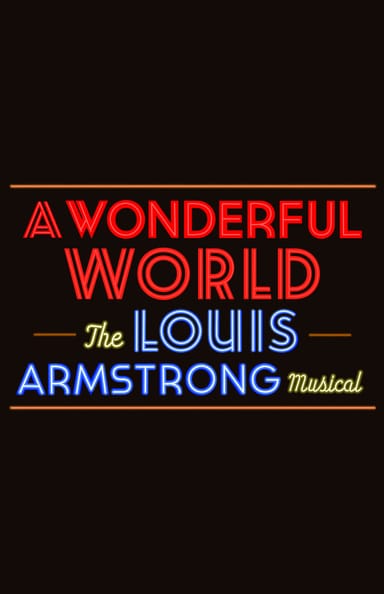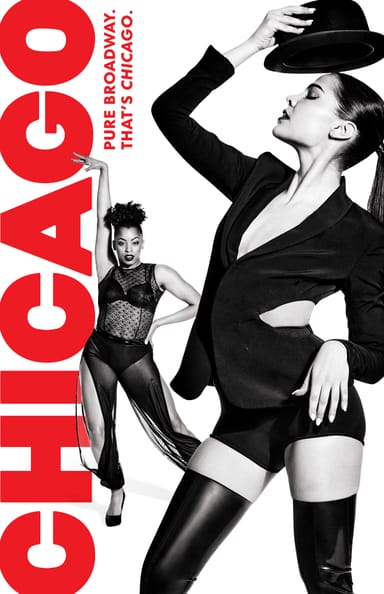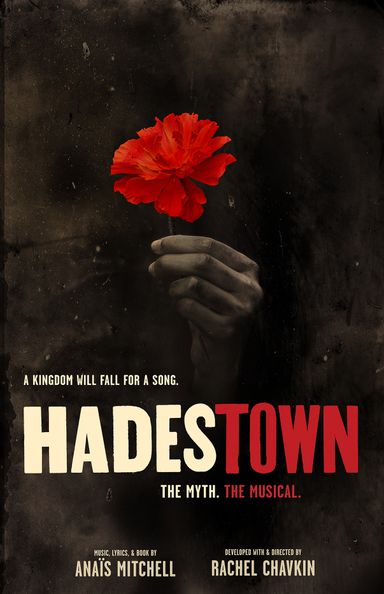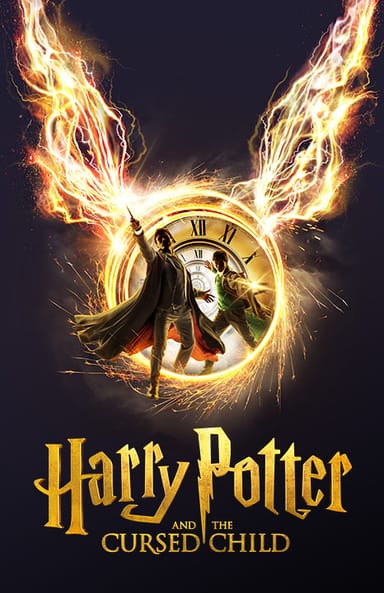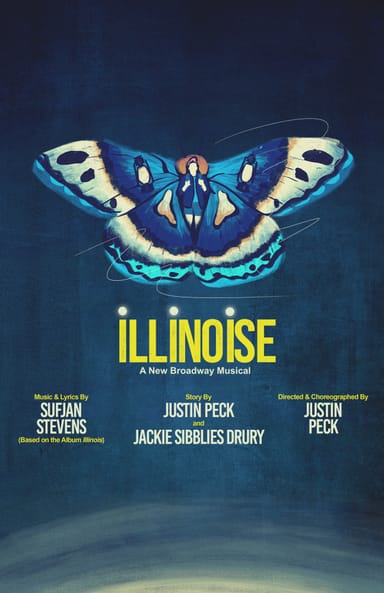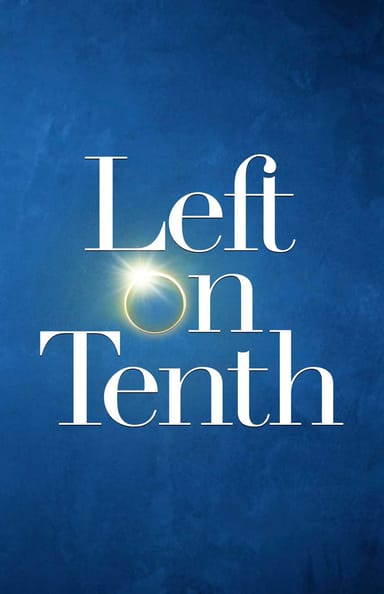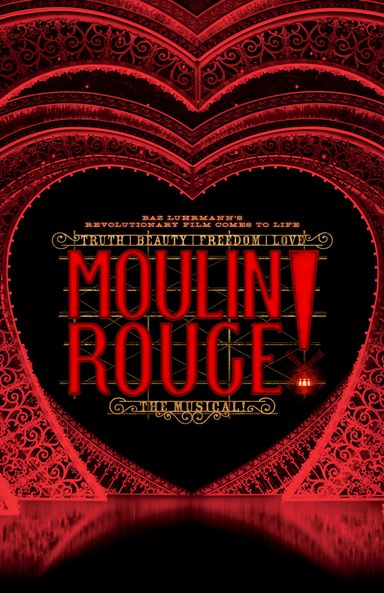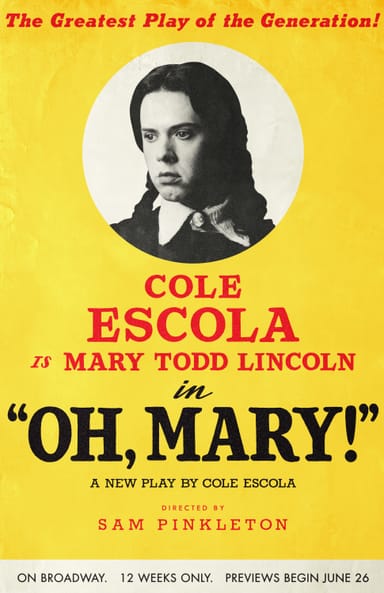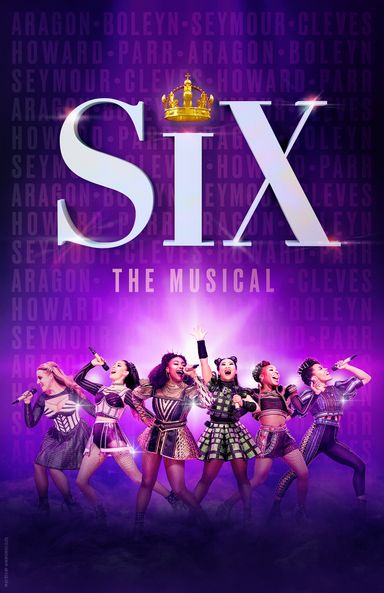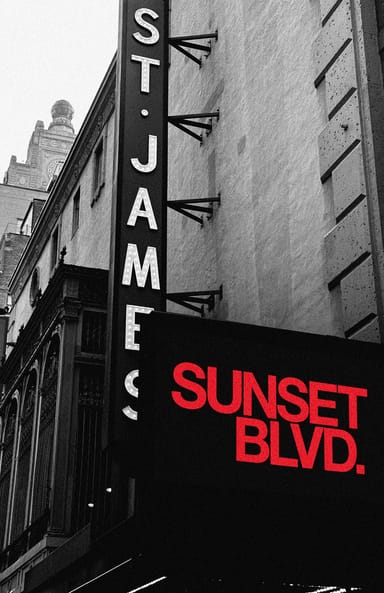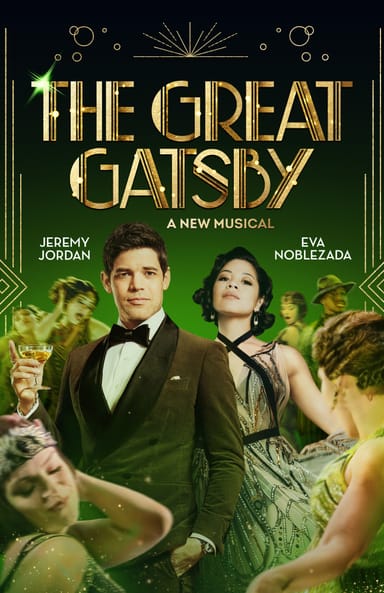Every year since 1967 (which is when the Tony Awards were first televised), the broadcast has showcased performances from the most recent season’s musicals. Highlighting the Main Stem’s plays has been less consistent.
In some years, actors perform pre-filmed scenes from plays — such as Viola Davis and Brian Stokes Mitchell’s memorable scene from “King Hedley II,” introduced by playwright August Wilson, or James Earl Jones and Courtney B. Vance’s powerful exchange from “Fences.” Recently, in 2017, the four Tony-nominated writers took the stage to explain the plot of their play. In 2018, the nominated scribes answered questions in interstitial videos. But there hasn’t been a consistent format in which to showcase nonmusicals. As actor and Tony-winning director David Cromer said, “I don’t know if they’ve ever figured out a way to do plays at the Tonys.”
Part of this dilemma originates from the fact that plays crackle in person; they are not designed for the camera. “Putting plays on camera, to me, tends to feel like a bad representation of what is incredible about a play,” said actor Andrew R. Butler, who plays Charlie in the Tony-nominated play “Stereophonic.” “It’s sort of like trying to move between dimensions — imagining four-dimensional space as three-dimensional space. Once you put it on camera, it can get really hard to see the depth and experience of it.” Yet musicals — which are also built for the live medium — have seemed to find a sweet spot.


